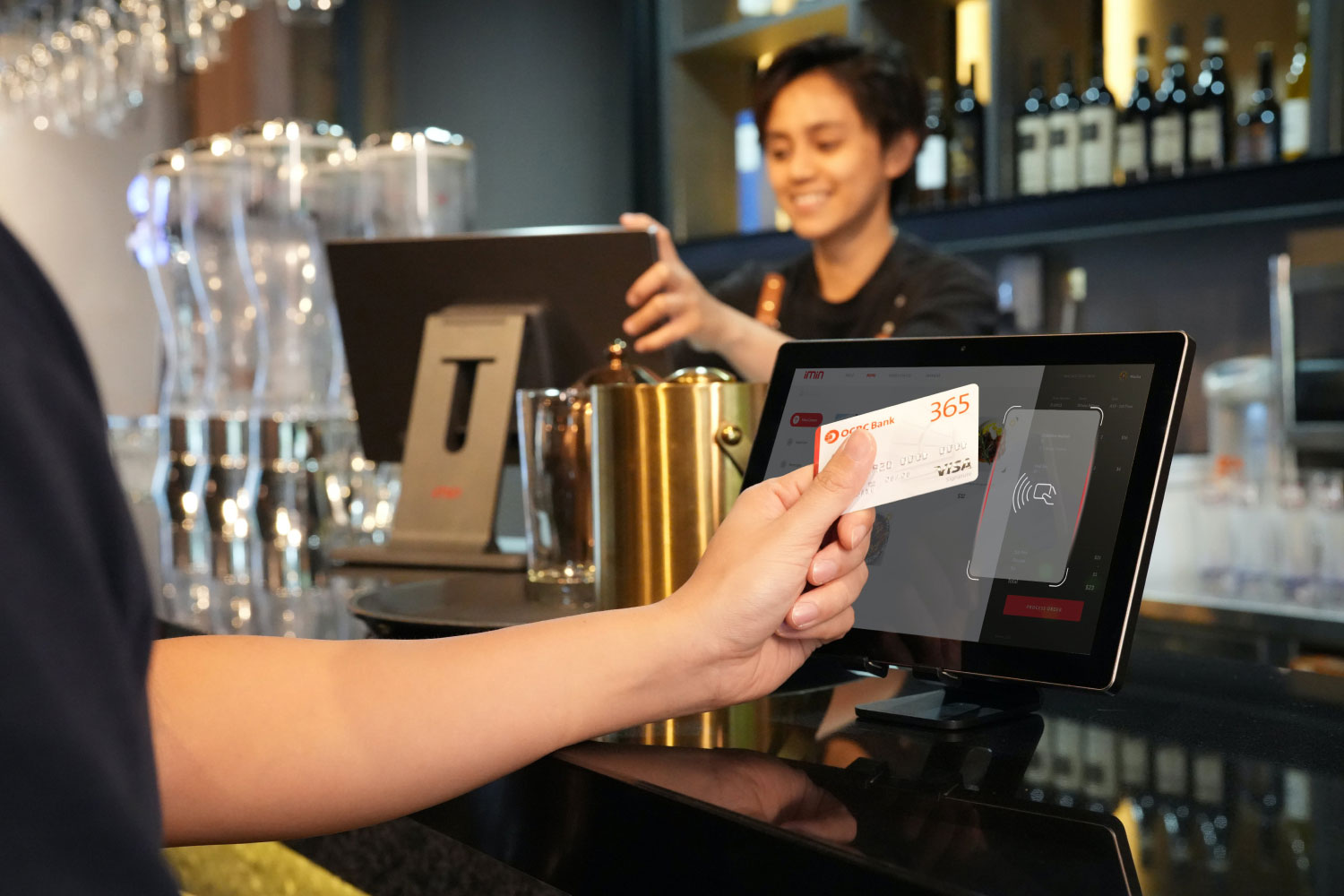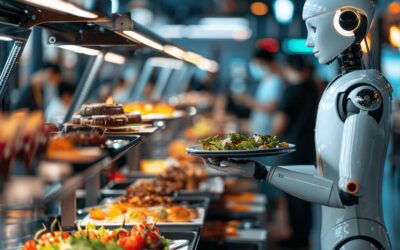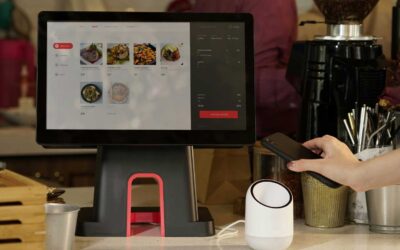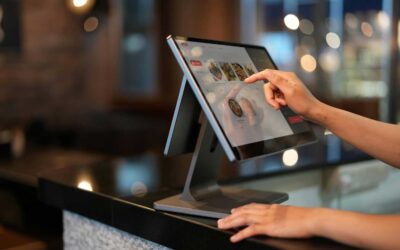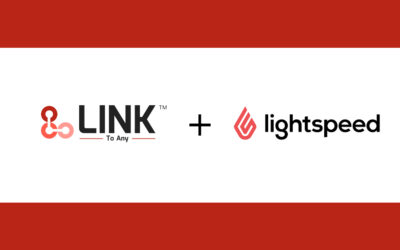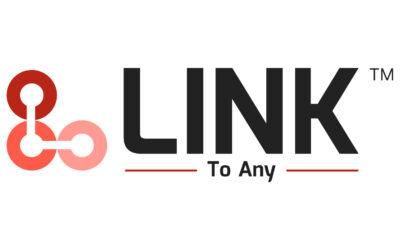The restaurant industry is constantly evolving, adopting technological innovations to enhance customer experiences, streamline operations, and improve profit margins. It’s an industry where the difference between success and failure often hinges on the minute details—how quickly an order is processed, the timeliness of inventory updates, or how effectively sales data is analyzed.
A rising challenge that many restaurants grapple with today is the myriad of software applications they use. From POS systems to inventory management, reservation systems to employee scheduling, the modern restaurant relies on several specialized software. However, the real challenge isn’t only in the adoption of these software applications—it’s in their integration.
Integration Challenges and the Ripple Effect
Every software application a restaurant uses often exists as a separate entity, sometimes with its distinct database and user interface. Imagine the impact when data from the POS system doesn’t sync up correctly with the inventory management system. Or when the reservation data isn’t properly updated, leading to overbookings or missed opportunities.
Disjointed systems don’t just lead to operational inefficiencies; they can significantly affect the bottom line. When these systems aren’t interconnected, data can become siloed. The ripple effect? Lost sales opportunities, misinformed business decisions, and wasted resources.
Why Seamless Integration Matters
As software becomes increasingly specialized, restaurants might find themselves using a bouquet of applications tailored to very specific needs. The power of these tools is significantly amplified when they can “talk” to each other.
Integrated systems can offer:
- Real-time Data Updates: When your POS system and inventory management software are in sync, the minute a dish is ordered, inventory is updated. This can prevent issues like accepting orders for items that are out of stock.
- Enhanced Customer Experiences: Imagine a scenario where a regular customer makes a reservation. An integrated system could pull up the customer’s past orders, alerting the staff to their preferences or allergies. Personal touches, based on comprehensive data, can dramatically enhance the dining experience.
- Efficient Operations: Staff scheduling can be optimized by analyzing historical sales data, ensuring that the restaurant is neither overstaffed on a typically slow day nor understaffed during rush hours.
- Informed Decision Making: With systems that communicate, restaurant owners can pull comprehensive reports, offering insights into sales trends, inventory turnover, or the popularity of specific menu items.
The Future is Integrated
For restaurant owners and operators, the message is clear: while adopting the latest software applications can offer competitive advantages, it’s the seamless integration of these tools that unlocks their full potential. Integration ensures that each tool isn’t just an isolated solution but part of a cohesive, efficient, and data-driven system.
The reality is that while many restaurateurs recognize the value of integrated systems, they often don’t have the technical expertise to implement these integrations themselves. This is where platforms like LINK come into the picture, specializing in making these integrations seamless and hassle-free.
In a sector where efficiency and customer experience are paramount, the restaurants that prioritize integration will find themselves a step ahead of the competition. As the industry continues to evolve, so too should the tools and the way they interact. After all, in the fast-paced world of dining, every second, every click, every seamless interaction counts.
